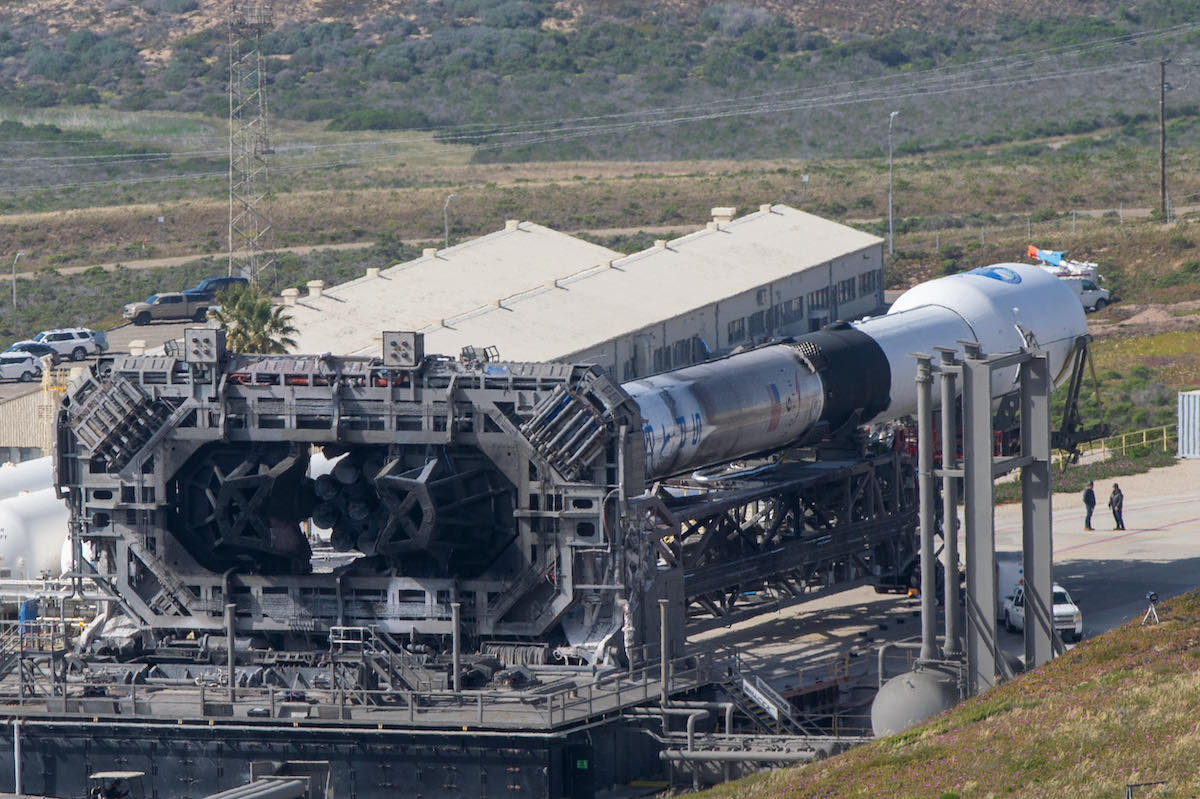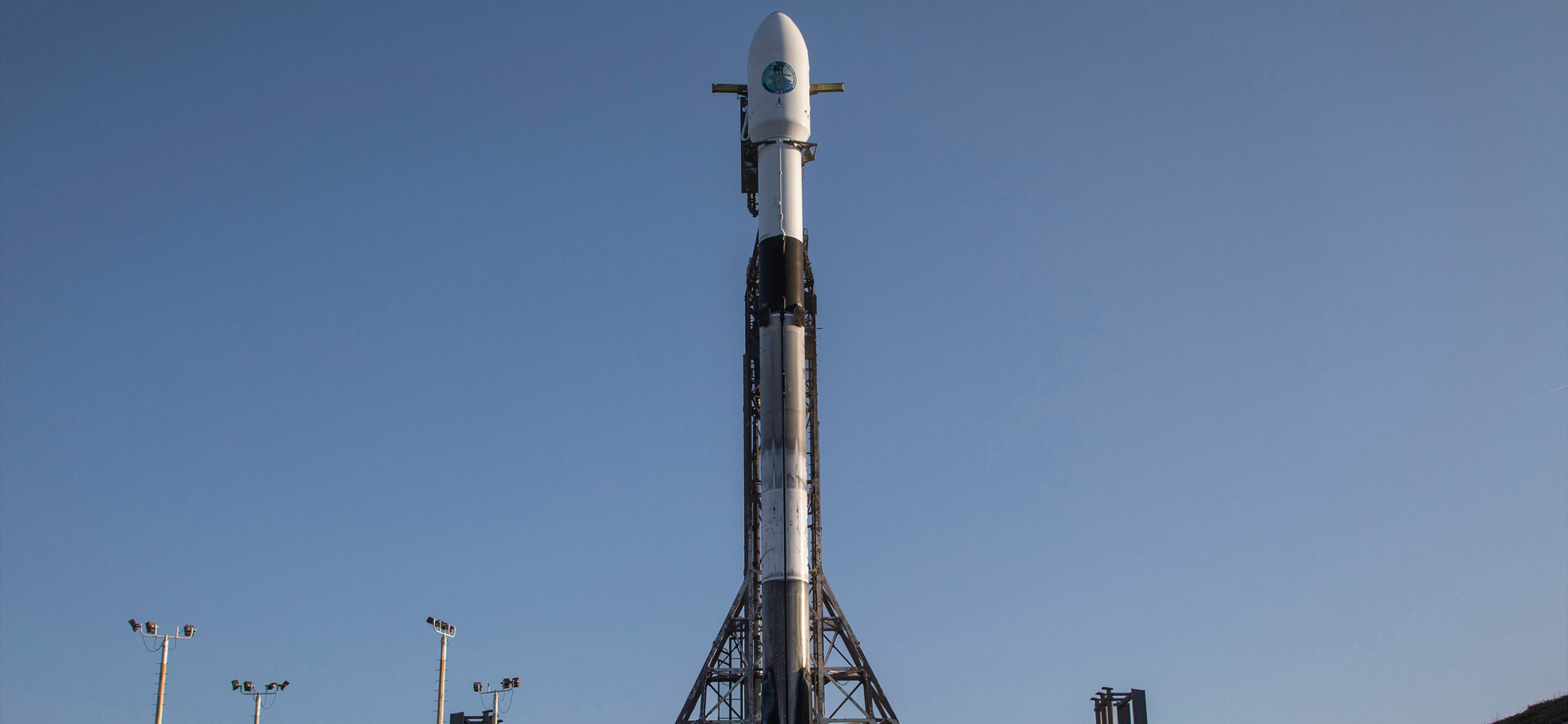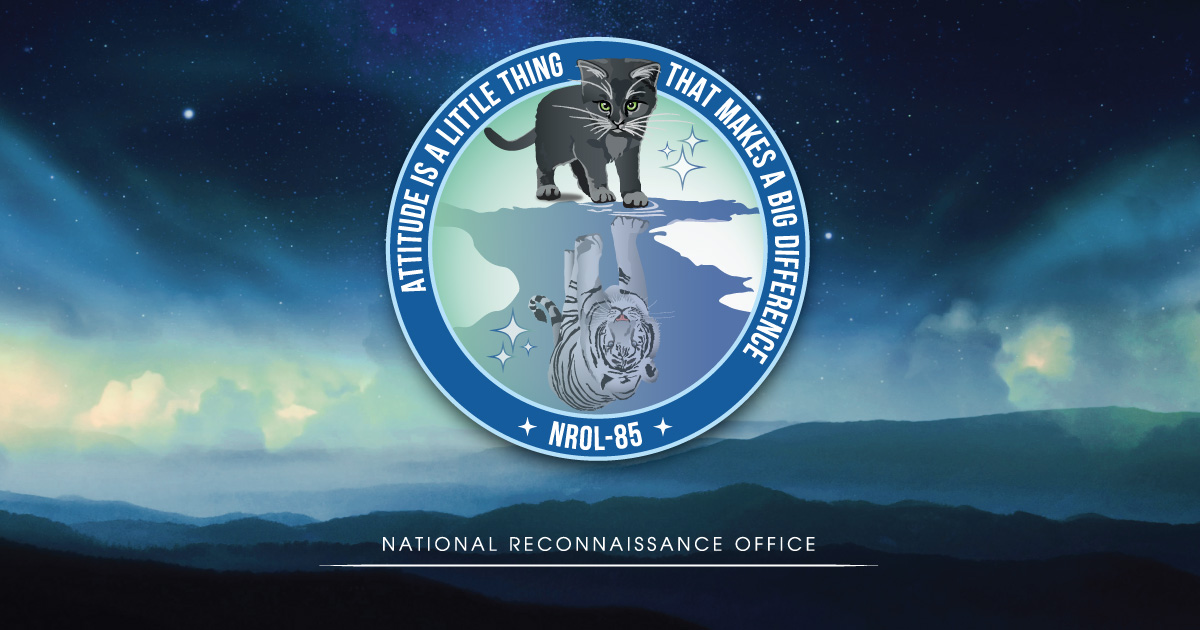EDITOR’S NOTE: Updated with launch delay to Saturday, April 16. Updated again with launch delay to Sunday, April 17.

SpaceX plans to launch a Falcon 9 rocket from California’s Central Coast before sunrise Sunday, boosting a classified cargo into orbit for the National Reconnaissance Office on what is widely believed to be a naval reconnaissance mission.
The Falcon 9 rocket is set to take off from Vandenberg Space Force Base, a military base on the Pacific coastline northwest of Los Angeles, at 6:13 a.m. PDT (9:13 a.m. EDT; 1313 GMT) Sunday. SpaceX announced late Thursday the launch was being delayed to no earlier than Saturday, allowing time to “complete pre-launch checkouts and data reviews.”
The National Reconnaissance Office said the launch was delayed from Friday due to “technical difficulties.” SpaceX announced Friday that it was rescheduling the launch for no earlier than Sunday because of “excessive” upper level winds forecast for Saturday.
The NRO has not disclosed details about the mission, codenamed NROL-85. With rare exceptions, the NRO typically keeps specifics about its launches secret. The agency owns the U.S. government’s fleet of intelligence-gathering spy satellites, supplying optical and radar surveillance imagery, eavesdropping capabilities, and data relay support.
“While we’re unable to discuss the specifics of this launch, we can confirm that we will have more than a half-dozen launches scheduled and a dozen payloads planned for orbit in 2022,” said Nathan Potter, an NRO spokesperson. “We can also confirm NRO is the only organization launching as part of the NROL-85 mission, and there are no rideshares.”
The NRO also develops and launches satellites to locate and track the movements of ships. There’s a broad consensus among independent analysts that the NROL-85 mission will add two new spacecraft to the U.S. government’s naval reconnaissance satellite fleet.
Ted Molczan, an expert tracker of military satellites, told Spaceflight Now he’s “100 percent” sure the payloads on the NROL-85 mission launching Friday are the next pair of Intruder-class ship-locating spacecraft.
The circumstances of the NROL-85 mission — its target altitude, inclination, and launch time — all point to the Falcon 9 rocket carrying the next pair of Intruder naval reconnaissance satellites, experts said. The Intruder spacecraft are are sometimes called Naval Ocean Surveillance System, or NOSS, satellites.
The U.S. military, which oversees launch procurement for NRO missions, awarded SpaceX a contract for the NROL-85 launch in 2019. In military procurement documents, officials disclosed the NROL-85 mission would aim to place its payloads into an orbit between 636 miles and 758 miles (1,024 by 1,221 kilometers) in altitude, with an inclination of 63.5 degrees to the equator.
Those orbital parameters match with the known altitude and inclination of previous Intruder satellites. Airspace and maritime warning notices associated with the Falcon 9 launch Sunday confirm the rocket will follow a trajectory southeast from Vandenberg, lining up with the expect 63.5-degree inclination target orbit.

The NROL-85 mission is “almost certainly” hauling the next pair Intruder, or NOSS, satellites into orbit, according to Marco Langbroek, a Dutch archaeologist and an expert in satellite movements.
The Intruder satellites collect data used by the U.S. Navy and government intelligence agencies.
“They geolocate shipping on the high seas, by detecting their radio/radar emissions,” Langbroek wrote on his website. “They always operate in close pairs.”
What’s more, the time of Sunday’s launch closely matches the time the orbital plane of an older pair of Intruder satellites passes over Vandenberg, suggesting the two new spacecraft could be replacements, according to Langbroek.
Recent launches that lofted NRO naval surveillance satellites used United Launch Alliance Atlas 5 rocket. The most recent pair of Intruder satellites launched on an Atlas 5 from Vandenberg in 2017, and the two satellites tracking near Vandenberg around the the of Friday’s launch were deployed by an Atlas 5 in 2012.
For Sunday’s mission, SpaceX will use a Falcon 9 booster that flew on its first mission Feb. 2 on a previous dedicated launch for the NRO.
SpaceX landed the reusable booster back at Vandenberg shortly after the Feb. 2 launch. Technicians refurbished the rocket — designated B1071 in SpaceX’s inventory — for its second flight on the NROL-85 mission around 10 weeks later.
After separating from the Falcon 9’s upper stage, the rocket booster will return again to Landing Zone 4, just a quarter mile west of the Falcon 9 launch pad, for a propulsive touchdown about eight minutes after liftoff.
The upper stage will ignite its single engine nearly two-and-a-half minutes into the flight as the rocket heads downrange southeast from Vandenberg over the Pacific Ocean. The second stage will guide the NROL-85 payloads into a preliminary orbit, then another upper stage engine burn is expected to inject the satellites into their targeted separation orbit.
The detailed timeline of the Falcon 9 mission hasn’t been released by SpaceX, honoring a request from the NRO to keep that information secret. SpaceX’s live launch webcast will focus on the first stage booster’s return to Earth, and the upper stage’s maneuvers will occur in a government-ordered news blackout — standard operating procedure for the NRO.

The NROL-85 mission will mark SpaceX’s 14th Falcon 9 launch of 2022, and the third this year from Vandenberg Space Force Base. It will be the 148th flight of a Falcon 9 rocket since SpaceX debuted the workhorse launcher in June 2010.
SpaceX will follow the NRO mission with two more Falcon 9 launches from Florida next week. Another batch of Starlink internet satellites is scheduled to launch from Cape Canaveral Space Force Base on April 21, followed by a liftoff April 23 from NASA’s Kennedy Space Center with the next crew heading to the International Space Station.
Email the author.
Follow Stephen Clark on Twitter: @StephenClark1.
